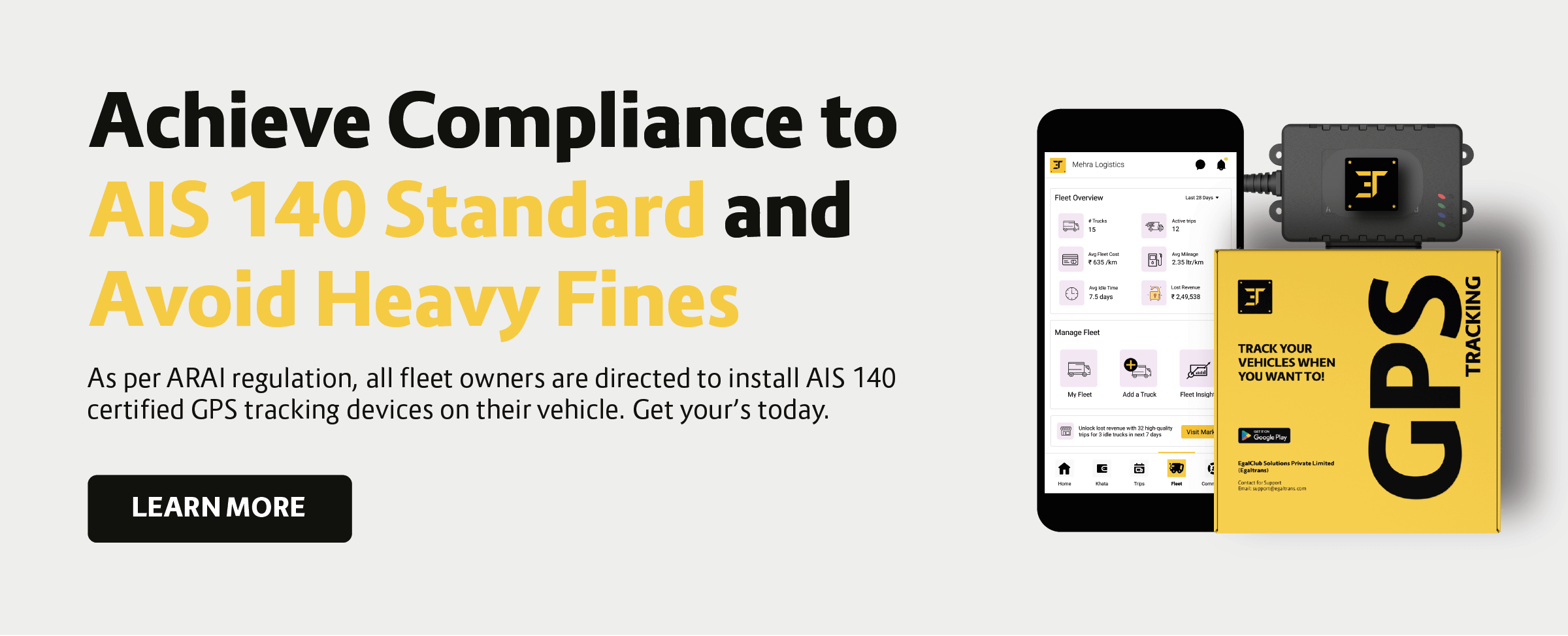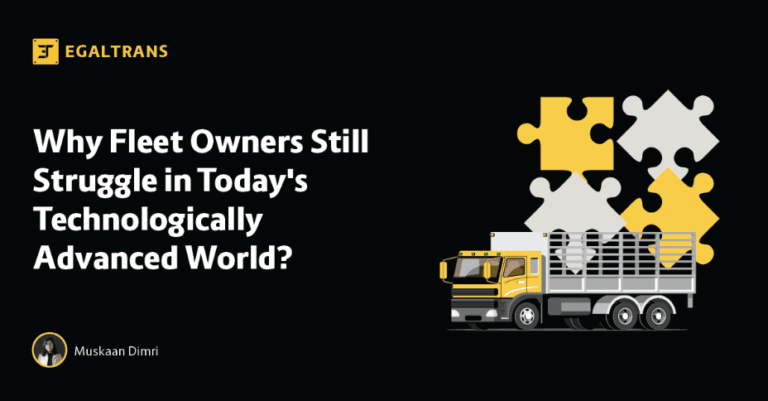The rise of the national economy has led to a huge migration of people from villages to towns and cities. This has created an exponential growth in ownership of any type of vehicle be it motorbikes, cars, vans etc. More vehicles on the road lead to more congestion and traffic accidents. To address this issue and improve safety, road safety requires intelligent traffic systems that can monitor traffic flow and respond quickly to emergencies. For this reason, AIS 140 Guidelines were introduced, and let’s talk about what would it mean for the transportation sector.
What are AIS 140 Guidelines?
The Government of India has made intensive efforts in recent years to integrate components of a globally recognized standard for Intelligent Transport Systems (ITS). This standard optimizes current infrastructure for transport. It also improves overall system quality, comfort, safety and overall efficiency. This agency developed the Automatic Indian Standard (AIS)-140 standard. Currently, AIS 140 GPS devices are deployed in Delhi, Mumbai, Bangalore, Chennai, Tamil Nadu, Kerala, Haryana, Maharashtra, Pune, Rajasthan, Jaipur, Uttar Pradesh, Lucknow, Orissa, Bhubaneswar, Assam, etc., for all commercial vehicles in most states, Bihar, Patna, Jammu and Kashmir, Sri Nagar, Andaman & Nicobar, Dehradun etc.
Why do we need these guidelines?
Under the guideline, all public transport vehicle like buses, taxis will have a vehicle tracking and emergency button. New features are added every now and then such as CCTV, fare collection etc. ITS is believed to isolate traffic-related concerns and help Regional Transit Offices (RTOs) track vehicles in emergencies. Passengers can also notify dispatch centers in the event of an accident or other emergency. The ITS Initiative will force immediate adoption of standards in the following sectors/industries. With the AIS-140 device installed, you can find innovative solutions to improve traffic management and reduce road congestion. It is no surprise then that the AIS 140 standard offers seamless benefits and offers a solution for all commercial and public vehicles.
How is AIS 140 tracking device different from standard tracking devices?
While a standard GPS device can only notify a vehicle’s location to a single server, an AIS-140 GPS device can send out the whereabouts to three servers simultaneously. These servers might include the institution’s server, SOS server used by the police and the Govt. Command and Control center.
Mandatory features of a AIS 140 GPS tracking device
- Real-time tracking: An automated vehicle tracking system can localize every driving behavior in your fleet.
- System deactivation warning: Find out if someone is trying to disable or tamper with your system.
- Tour planning: Efficient management of routes and planning of fleets.
- SOS Alert: Get emergency help for drivers or passengers in one click.
- Historical reports: Annual, monthly and weekly systematic historical data analysis.
- Battery backup: Built-in long-life backup battery
- Multiple analog and digital I/O: GPS system for monitoring and controlling external applications via inputs and outputs.
Advantages of AIS 140 GPS tracking in fleet management
- Safety and Security of Passenger and Vehicle
The AIS 140 tracks any reckless driver behavior which may endanger the passengers or the vehicles, this helps in ensuring safe driving and generates alerts to avoid any mishaps.
- Emergency Responses
The AIS-140 is equipped with GPS tracking combined with SOS alert feature. In the event of an accident or sudden vehicle breakdown, your device can help you contact emergency services (ambulance, police, fire brigade, etc.) by providing your exact location.
- Fuel Cost Savings
Based on a study of the total cost of operating a fleet, fuel costs account for about 55% of the total cost. An AIS 140 compliant fleet management system enables fleet owners to reduce fuel costs by up to 10-20% by optimizing routes.
What are the state wise regulations?
Many states have set up command and control centers as per MoRTH notification and AIS 140 guidelines, Kerala, Bihar, and a few other states have already mandated AIS 140 devices.
State monitoring centers act as interfaces to a variety of information. The center receives and processes data from its VLT device in the same vehicle. The Surveillance Center also processes alarms specified in the specification.
How to obtain a Compliance Certification?
In order for a device to receive its certification, it must comply with certain parameters as per the government’s notification.
- It is essential that the device has the ability to track with GPS navigation.
- Devices must have at least one emergency button output.
- The device must be able to send data to two different IP addresses. One copy to the relevant regulatory authority and the other to the emergency contact listed.
- This particular device must be able to transmit data related to speed, distance traveled, and other performance aspects related to the vehicle.
- Minimum battery backup required for expected operation is 4 hours.
- The device must have a built-in SIM card.
- Devices must be water-resistant and tamper-proof for use in all conditions.
Consequences of not having AIS 140 tracking enabled for your vehicles
The Automotive Research Institute of India (ARAI) mandates that all public and private school buses be equipped with an AIS 140 certified GPS unit with a panic button. Failure to comply with this requirement will result in revocation of the transport permit and heavy fines. There are no vehicle exemptions from the AIS-140 regulation, so all public/private vehicles must follow the AIS 140 guidelines.
To conclude, the possibilities and benefits of AIS-140 are endless with the rise, implementation and adaptation of the latest technologies. Technologies such as artificial intelligence, cloud technology, the Internet of Things (IoT), and machine learning play a big role here. If the government can integrate these technologies into its transport system, Indian roads will become a completely different form of public transport. This makes commuting safer, faster, more effective and more convenient for ordinary people.






